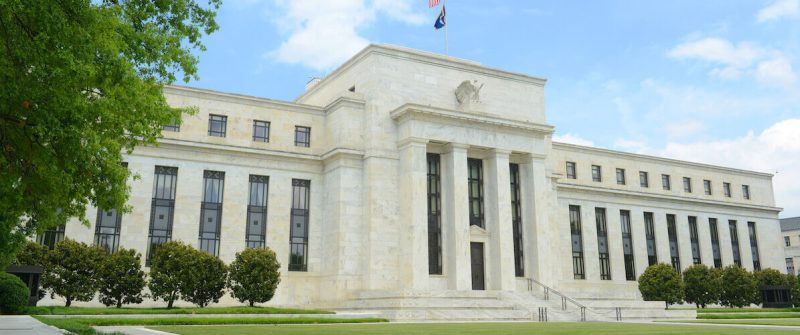The recent decision by the Federal Reserve to cut interest rates has sent shockwaves through the stock market, leading to a last-minute turnaround in market sentiment. Investors, already on edge due to growing concerns about a looming recession, were initially apprehensive about the Fed’s decision before finally embracing it with a sense of relief.
The sudden reversal in market reaction highlights the complex interplay between monetary policy decisions and investor psychology. The Fed’s move to lower interest rates was seen as a signal that the central bank is willing to step in to support the economy amid increasing uncertainties and risks. However, the initial hesitation among investors reflects the underlying anxiety and uncertainty that permeates the current market environment.
One of the key factors driving market volatility is the ongoing trade tensions between the United States and China. The tit-for-tat tariff escalation has created a climate of uncertainty that has weighed on business sentiment and global economic growth prospects. Investors are closely monitoring developments in the trade negotiations and the potential impact on corporate earnings and supply chains.
Additionally, concerns about the health of the global economy have been exacerbated by recent data pointing to a slowdown in key economic indicators. Manufacturing activity has been weakening in many major economies, while indicators such as the inverted yield curve have sparked fears of an impending recession. In this context, the Fed’s decision to cut rates was viewed as a pre-emptive measure to cushion the economy against a potential downturn.
The market’s last-minute turnaround can also be attributed to the reassessment of the Fed’s stance in light of the new economic data. The central bank’s willingness to act decisively to support the economy was ultimately perceived as a positive signal by investors, leading to a reversal in sentiment and a surge in equity prices.
Looking ahead, market participants will continue to closely monitor economic data, central bank actions, and geopolitical developments for clues about the future direction of the market. The current environment of uncertainty and volatility underscores the importance of staying informed and exercising caution in investment decisions. As events unfold, investors will need to remain vigilant and adaptive to navigate the evolving landscape of the stock market.




























